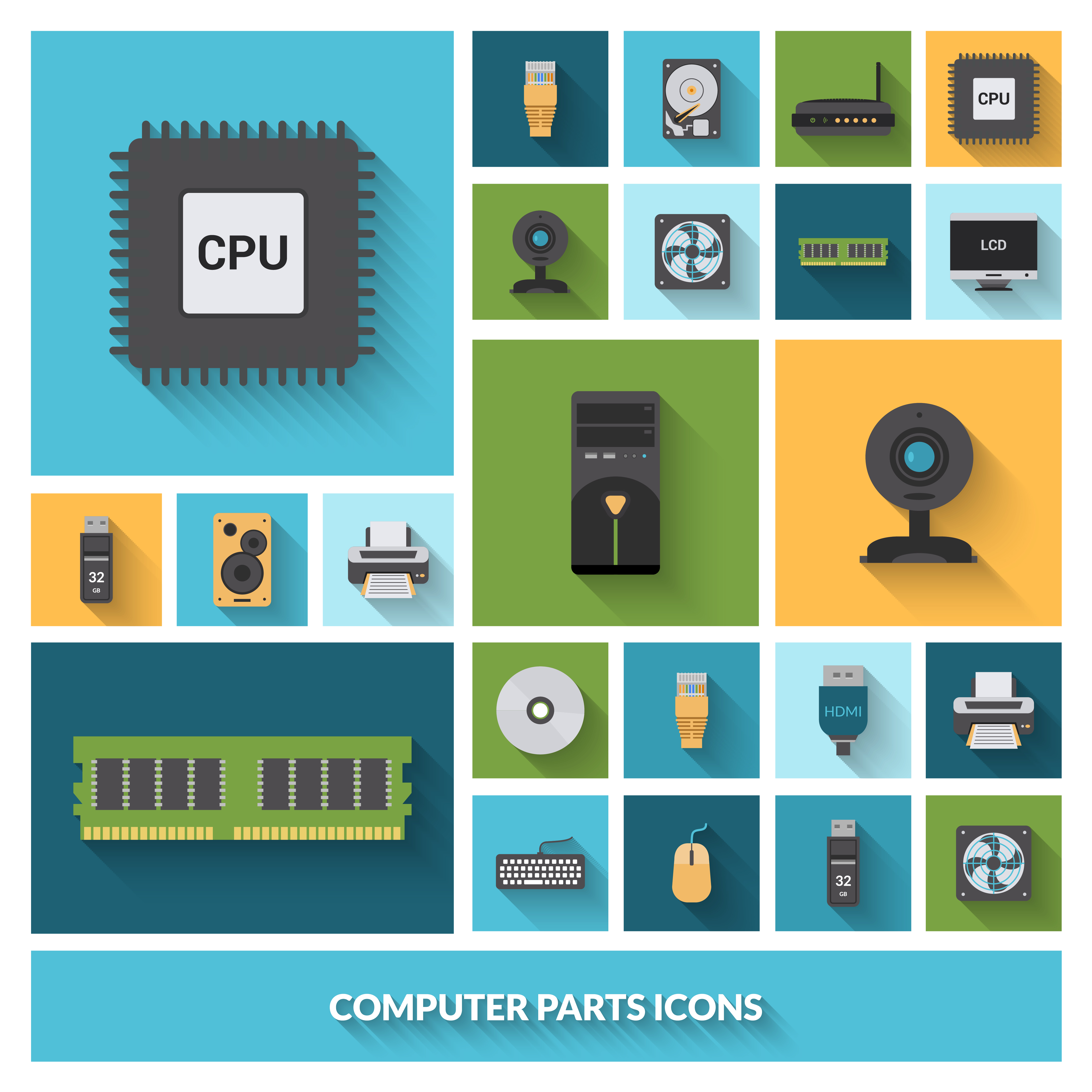In today's fast-paced tech landscape, the demand for high-quality computer parts continues to grow, but so does the cost. For astute tech aficionados, gamers watching their expenses, and even small businesses looking to save on expenses, purchasing excess computer parts can be a game-changer. These parts, often excess inventory, returns, or mildly used items, present an opportunity to create or upgrade systems without breaking the bank. Nonetheless, navigating the world of surplus parts demands knowledge and a keen eye to secure quality and performance.
This comprehensive guide aims to equip you with the essential secrets to successful salvaging of surplus computer parts. From grasping what to look for when sourcing a used motherboard to the best practices for testing surplus hard drives and graphics cards, we will cover the critical elements that can make or break your buying experience. If you're piecing together a budget gaming rig, enhancing your office setup, or seeking reliable components for a home server, knowing how to identify quality surplus parts can lead to significant savings and excellent performance.
Essential Factors for Obtaining Surplus Computer Parts
When venturing into the world of surplus computer parts, it is essential to emphasize quality and compatibility. Commence by verifying the requirements of the components you need and make sure they align with your system requirements. This includes checking details such as the type of RAM, GPU compatibility, and the socket type for CPUs. Knowing what you require will conserve time and money while avoiding the frustration of purchasing items that won't work with your existing setup.
Another significant consideration is the condition of the surplus parts. Carefully inspect each component for any signs of wear, damage, or corrosion. For electronics like motherboards and power supplies, check for bulging capacitors or burnt traces. Evaluating components if possible, such as powering on a used graphics card or checking for dead pixels on a monitor, can help you gauge their functionality before completing a purchase. Inquiring sellers for warranties or return policies can provide extra security.
In conclusion, remaining informed about the market will help you find reasonable prices for surplus parts. Studying current retail prices and recent sales can give you benchmarks to work from. Be wary of deals that seem suspicious, as they may involve defective products or scams. Establishing relationships with reputable sellers or platforms known for selling quality surplus components can lead to better experiences and reliable purchases over time.
Assessing Criteria: Essential Aspects to Assess in Residual Items

When reviewing excess computer items, the first key feature to evaluate is the condition of the item. Examine for any noticeable signs of damage, corrosion, or deficiency. For components like motherboards and graphics cards, inspect protruding capacitors, defective components, or broken circuits. A thorough review can reveal whether the part has been exposed to severe temperatures or situations that could affect its effectiveness. Furthermore, verify that all required connectors and ports are in good condition, as these are crucial for functionality.
Another vital consideration to consider is the history and assurance of the excess parts. Comprehending how the parts were acquired can provide insights into their dependability. Credible suppliers may provide short-term warranties or returns on used items, giving you assurance in your purchase. Additionally, take into account the longevity of the components. Older models may not provide optimal capability with current software or may lack integration with latest hardware, making it essential to weigh cost with capability.
Finally, trialing is an important step in assessing the quality of residual components. If possible, conduct benchmarks or diagnostic tools to ensure the components are functioning as anticipated. For CPUs and graphics processors, load tests can offer insights into stability and temperature regulation. For storage drives, assessing for data transfer rates and defect rates can help identify potential concerns that may not be instantly visible. Prioritizing these assessments will greatly lessen the likelihood of acquiring faulty excess items and enhance your overall efforts in salvaging.
Where to Find and How to Test Excess Gear
Locating reliable places for excess computer parts can significantly boost your odds of scoring quality components. Explore nearby online marketplaces, auction websites, and specialized excess stores. Several companies also have excess inventory from upgrades or company shutdowns, so networking with nearby IT stores or companies can yield beneficial contacts. Additionally, online forums and groups dedicated to technology lovers often post leads on where to find surplus gear, helping you discover hidden gems.
Once you have secured excess equipment, it is crucial to test it thoroughly before adding it into your system. For components like motherboards and processors, inspect for visible defects, burnt lines, or corrosion. Use testing tools like Power-On Self-Test testers for motherboards and benchmarking software for CPUs to confirm they are fully functional. For graphics cards and memory, stress tests or continuous gaming sessions can help reveal instability. Consistently keep an eye on temperatures during evaluation to catch any heat-related problems early.
When testing additional excess items, such as hard drives and solid-state drives, utilize software that can check for bad sectors and read/write speeds. For displays, hook them up to a working system and test for non-functioning pixels, color fidelity, and screen consistency. With laptops, ensure all keys function properly, and battery life meets standards. Using you can try here testing techniques allows you to identify any potential issues early on and make informed choices about the quality and durability of your surplus equipment.
